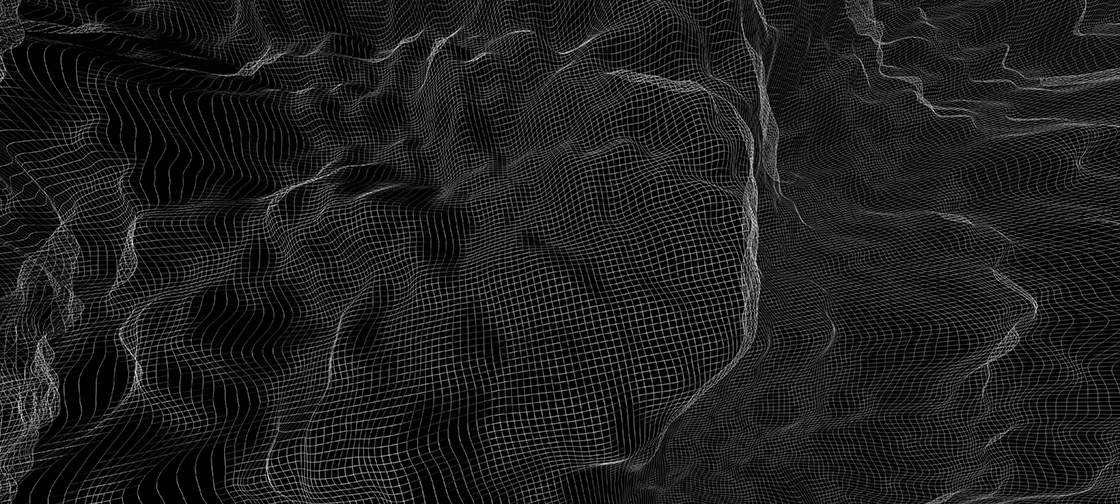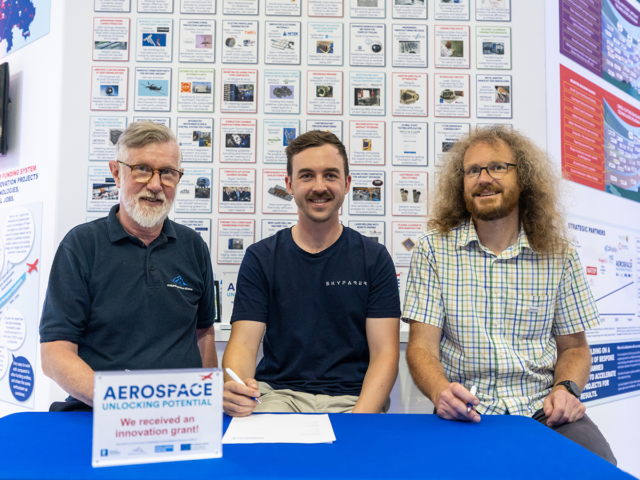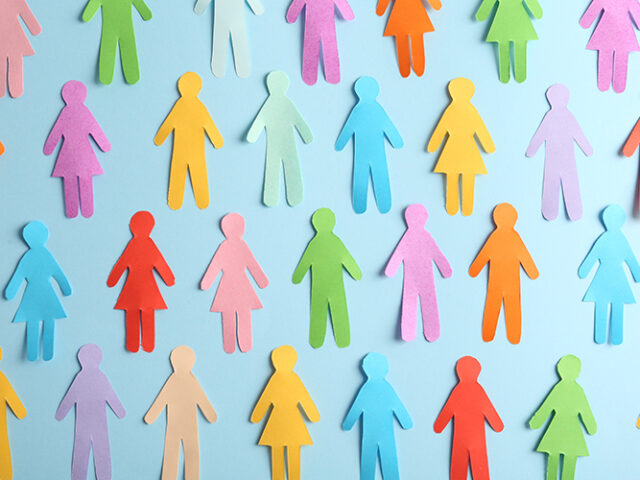Quantum mechanics is a well-established theory, but at a macroscopic level it leads to intractable contradictions. Now ETH physicists are proposing to resolve the problem with the aid of neural networks.
Necessity is the mother of invention. “So far, all our attempts to resolve the contradictions inherent within quantum mechanics have failed,” says Renato Renner, “which is why we’re now trying a different approach.” And it’s a very potent approach, too – even if Renner, who is Professor for Theoretical Physics, labels it an “act of desperation”: in a recent publication, written together with his doctoral student Raban Iten, his Master’s student Tony Metger and other members of his group, Renner shows how using artificial intelligence can help to provide deeper insights into physical concepts.
Is a black box the way forward?
The point of departure is the statement that quantum mechanics – never mind that experiment after experiment has confirmed it – leads to contradictions. “When we pointed out a year ago that there must be a fundamental problem with quantum mechanics since you can’t apply quantum mechanics to the users of quantum mechanics, we got all sorts of reactions, and lots of feedback as a result. But so far, nobody has come up with a way to resolve this elemental dilemma,” Renner says.
At first, the idea that artificial intelligence might be able to help seems surprising. After all, neural networks – the key element of artificial intelligence – effectively operate like a black box. You can teach them to recognise faces on photos, but there’s no way of knowing exactly how they go about performing that task. So how can a physicist hope to learn anything from them?
Source: “A neural network as an anchor point”, Felix Wursten, ETH Zurich




